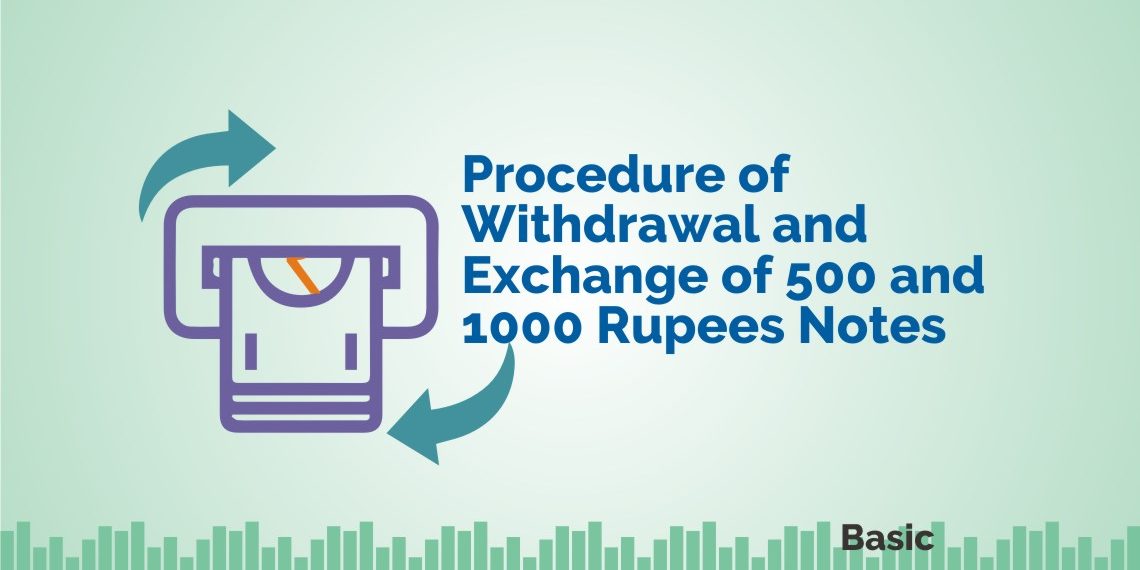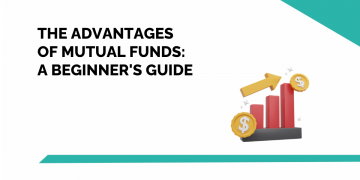A lot of hustle and bustle is going out soon after the announcement on the ban of Rs. 500 & Rs. 1000 notes.
People are carrying several myths and drawing innumerable conclusions on the action taken by Government.
Keeping other concerns aside, what must be bothering you is the withdrawal or exchange or depositing of the existing Rs. 500 or Rs. 1000 notes.
Obviously, you need not bother in case the cash is lying in your pockets when it the accounted money.
Well, the black money hoarders surely need to worry.
Meanwhile, in our previous blog, we read about the notification on the ban and the post notification flow of events.
The notification was issued on 08.11.2016.
Post which the banks and ATMs were shut.
On 10.11.2016 banks resumed back to the guided function, as instructed in the notification mentioned above and from 11.11.2016 ATMs were open to deliver the cash amount.
Now definitely there has been a chaotic situation because of the fear of losing cash if not deposited on time or to withdraw money before it gets exhausted.
Most of us are blindly going to the banks/ATMs without knowing the procedure or rules for depositing money or exchanging Rs. 500 or Rs. 1000 notes.
In this blog, we will learn about the most important information that you should know before going to the banks/ ATMs for withdrawing money.
KYC norms:
- In case you have the KYC requirements settled with the bank, you can deposit any amount of quantity of funds with the bank with no hassle.
Read More: KYC – Know more about your client
- In case you do not have the KYC compliance done, the maximum limit of deposit restricted to Rs. 50,000/-
Depositing cash in someone else’s account
- You also have the option to deposit funds in a third-party account. In this case, you need an authorization from the bank account holder along with the ID proof
- These deposits are again subject to the limits specified in the RBI notification, as mentioned in our blog above.
Depositing cash in case of no bank account
- In case you do not have a bank account, you can also deposit funds in the account of your friend or relative with a written authorization along with the valid ID proof.
Copy of ID proof
- Do carry the copy of the ID proof along with the original document, preferably a photo identity proof, say, PAN Card.
Depositing in the bank with no bank account
- In case you do not have a bank account, neither do you want to deposit it in any third party account, you can deposit your funds with any bank in a new bank account under the banking guidelines or procedure along with the identity proof.
Know More: How to Open a Bank Account?
Bottomline:
Before depositing funds, do keep this in mind that the deposits are under a strict vigilance of the Income-tax department.
Cash deposits of Rs 2 lakh or more are strictly tracked.
Apart from this savings bank accounts holding cash more than Rs. 10 lakh are already under the Income-tax department watch lists.
For those who have no unaccounted money in their hands, demonetization scheme will affect them much.
For the black money hoarders, it’s time to trash out “Kala dhan” or call for troubles in the future years.
A shout out to the Government for taking up such a humongous task for a better India!
Read our other related content on this topic
Happy Learning!!








